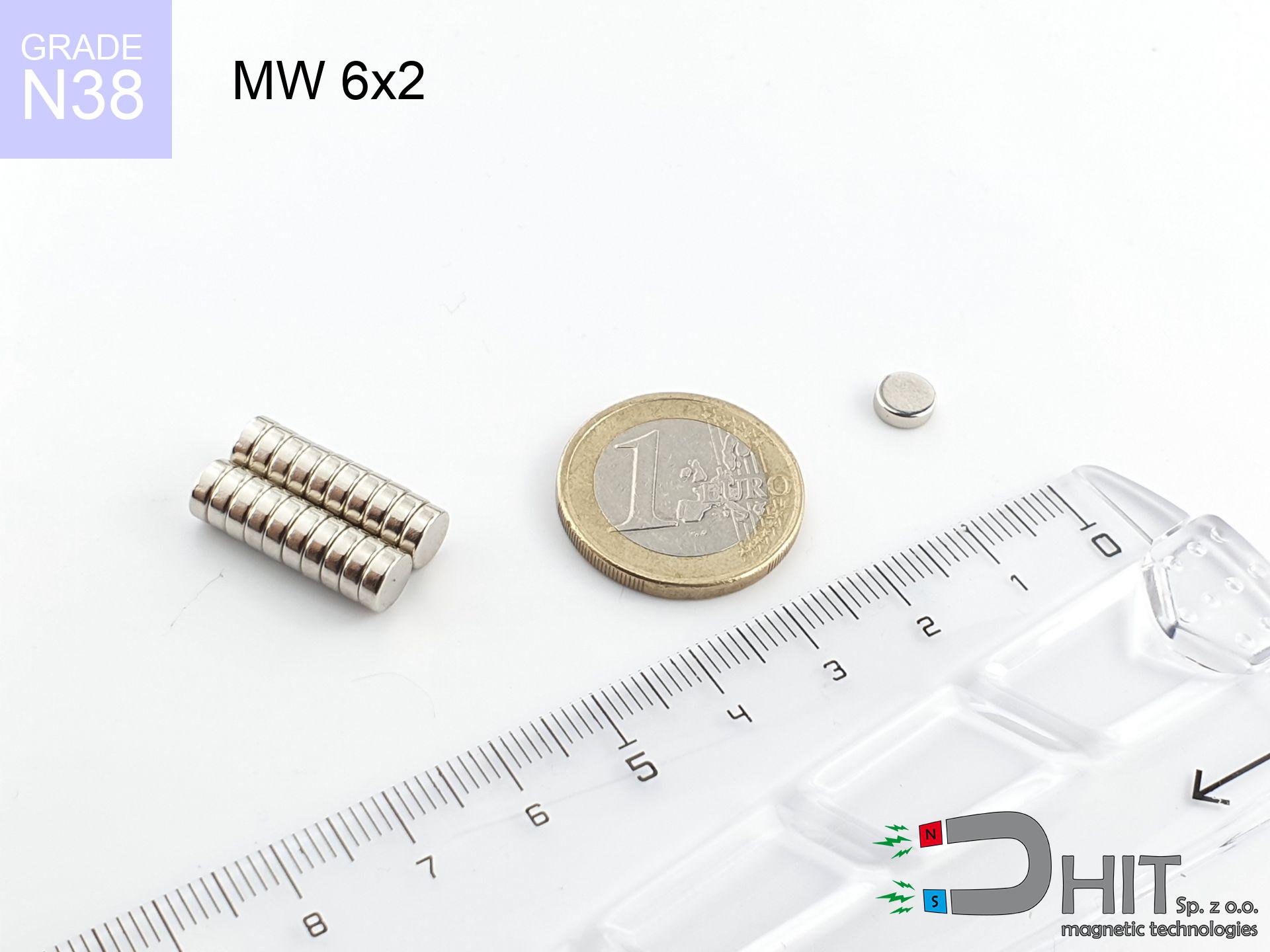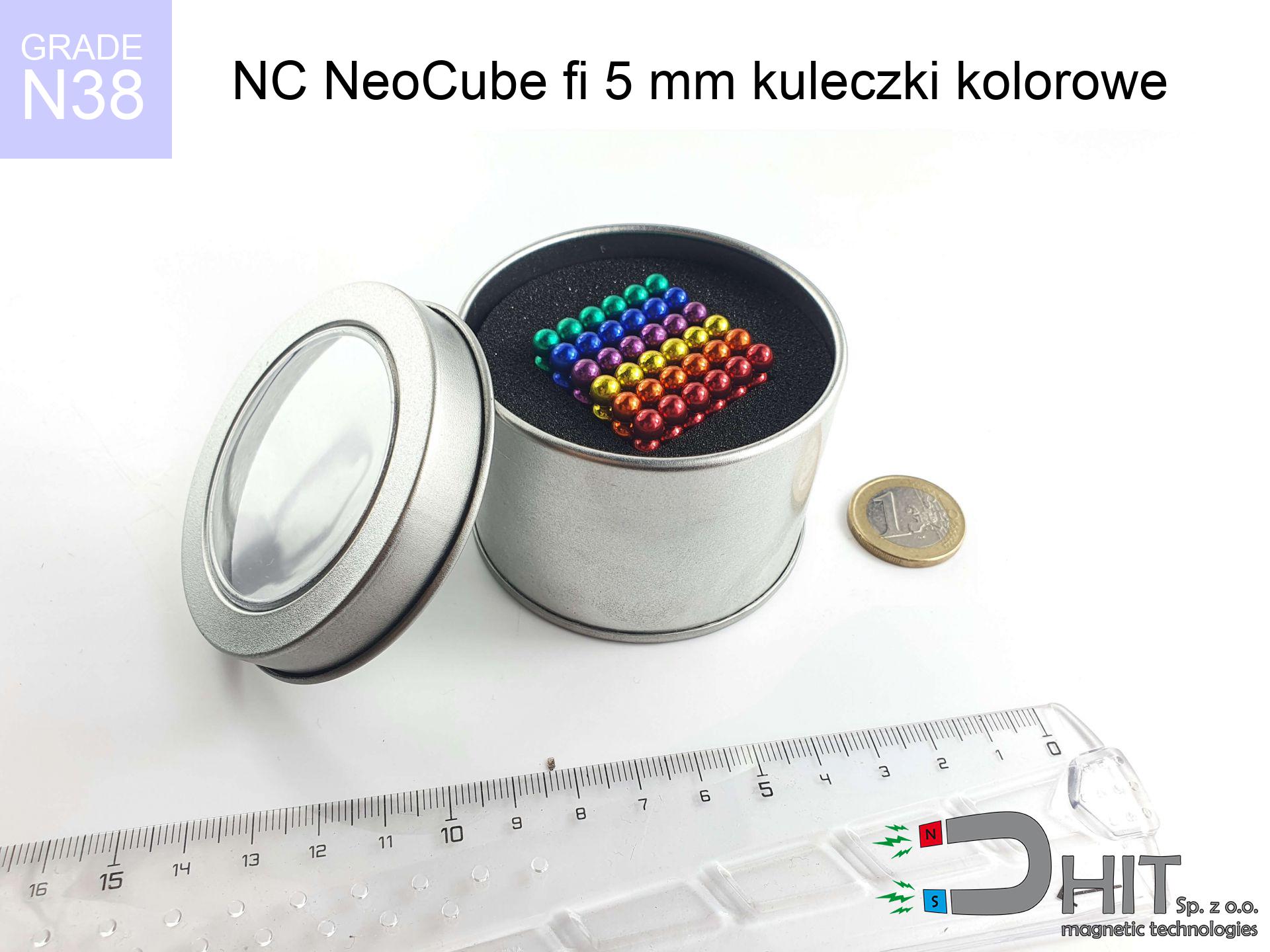UMP 67x28 [M8+M10] GW F120 Lina / N38 - search holder
search holder
Catalog no 210381
GTIN/EAN: 5906301814009
Diameter Ø
67 mm [±1 mm]
Height
28 mm [±1 mm]
Weight
700 g
Load capacity
180.00 kg / 1765.20 N
Coating
[NiCuNi] Nickel
Magnetic Flux
~ 8 000 Gauss [±5%]
150.00 ZŁ with VAT / pcs + price for transport
121.95 ZŁ net + 23% VAT / pcs
bulk discounts:
Need more?
Contact us by phone
+48 888 99 98 98
otherwise get in touch by means of
contact form
the contact page.
Parameters as well as shape of a magnet can be tested with our
online calculation tool.
Order by 14:00 and we’ll ship today!
💡 Check why professionals choose Dhit over cheap substitutes
Instead of believing fairy tales on YouTube with tests on uncertified equipment, see what really determines your magnet's power:
- 📏 Magnet thickness in the casing (min. 10mm) – This is what matters most! Thin magnets are weak. Thanks to the 1cm thickness of N52 neodymium, your magnet "sees" metal even through thick rust and mud.
- 🛡️ Armored protection (Black Epoxy) – Forget about rust. This coating doesn't chip when hitting rocks and protects the magnet in water much better than regular nickel, which fails quickly.
- 🧲 Eyelets that don't steal power – Made of special non-magnetic steel, so they don't stick to the magnet and don't block the force. Important: mount only one eyelet at a time! Using 3 at once is a mistake that weakens the magnet.
- 🧶 Certified rope (min. 8mm) – You gain the certainty that your gear won't stay at the bottom. It's thick and comfortable, so it doesn't cut your fingers when pulling out heavy scrap metal.
- 🚀 Our advantage: We are the only ones combining the strongest N52 neodymium (10mm thick) with non-magnetic eyelets. This is real power and durability you won't find anywhere else.
Invest in solid equipment and enjoy the results!
Technical specification - UMP 67x28 [M8+M10] GW F120 Lina / N38 - search holder
Specification / characteristics - UMP 67x28 [M8+M10] GW F120 Lina / N38 - search holder
| properties | values |
|---|---|
| Cat. no. | 210381 |
| GTIN/EAN | 5906301814009 |
| Production/Distribution | Dhit sp. z o.o. |
| Country of origin | Poland / China / Germany |
| Customs code | 85059029 |
| Diameter Ø | 67 mm [±1 mm] |
| Height | 28 mm [±1 mm] |
| Weight | 700 g |
| Load capacity ~ ? | 180.00 kg / 1765.20 N |
| Coating | [NiCuNi] Nickel |
| Holder Type | 2 sided |
| Material Type | Structural steel S235 (ferrous) |
| Magnetic Flux | ~ 8 000 Gauss [±5%] |
| Rope Length | 25 m |
| Rope Capacity | ~ 1595 kg |
| Rope Diameter | Ø 8 mm |
| Gloves | 1 pair |
| Size/Mount Quantity | 2xM8/1xM10 |
| Manufacturing Tolerance | ±1 mm |
Magnetic properties of material N38
| properties | values | units |
|---|---|---|
| remenance Br [min. - max.] ? | 12.2-12.6 | kGs |
| remenance Br [min. - max.] ? | 1220-1260 | mT |
| coercivity bHc ? | 10.8-11.5 | kOe |
| coercivity bHc ? | 860-915 | kA/m |
| actual internal force iHc | ≥ 12 | kOe |
| actual internal force iHc | ≥ 955 | kA/m |
| energy density [min. - max.] ? | 36-38 | BH max MGOe |
| energy density [min. - max.] ? | 287-303 | BH max KJ/m |
| max. temperature ? | ≤ 80 | °C |
Physical properties of sintered neodymium magnets Nd2Fe14B at 20°C
| properties | values | units |
|---|---|---|
| Vickers hardness | ≥550 | Hv |
| Density | ≥7.4 | g/cm3 |
| Curie Temperature TC | 312 - 380 | °C |
| Curie Temperature TF | 593 - 716 | °F |
| Specific resistance | 150 | μΩ⋅cm |
| Bending strength | 250 | MPa |
| Compressive strength | 1000~1100 | MPa |
| Thermal expansion parallel (∥) to orientation (M) | (3-4) x 10-6 | °C-1 |
| Thermal expansion perpendicular (⊥) to orientation (M) | -(1-3) x 10-6 | °C-1 |
| Young's modulus | 1.7 x 104 | kg/mm² |
Material specification
| iron (Fe) | 64% – 68% |
| neodymium (Nd) | 29% – 32% |
| boron (B) | 1.1% – 1.2% |
| dysprosium (Dy) | 0.5% – 2.0% |
| coating (Ni-Cu-Ni) | < 0.05% |
Environmental data
| recyclability (EoL) | 100% |
| recycled raw materials | ~10% (pre-cons) |
| carbon footprint | low / zredukowany |
| waste code (EWC) | 16 02 16 |
View also deals
Strengths and weaknesses of Nd2Fe14B magnets.
Advantages
- Their strength remains stable, and after around ten years it decreases only by ~1% (theoretically),
- They possess excellent resistance to weakening of magnetic properties when exposed to external magnetic sources,
- By using a reflective layer of gold, the element gains an professional look,
- Magnets are characterized by maximum magnetic induction on the working surface,
- Neodymium magnets are characterized by extremely high magnetic induction on the magnet surface and can function (depending on the form) even at a temperature of 230°C or more...
- Considering the possibility of precise shaping and adaptation to custom requirements, neodymium magnets can be produced in a broad palette of shapes and sizes, which makes them more universal,
- Universal use in innovative solutions – they are utilized in data components, electric motors, medical equipment, as well as complex engineering applications.
- Compactness – despite small sizes they generate large force, making them ideal for precision applications
Limitations
- They are prone to damage upon heavy impacts. To avoid cracks, it is worth protecting magnets in special housings. Such protection not only protects the magnet but also improves its resistance to damage
- Neodymium magnets demagnetize when exposed to high temperatures. After reaching 80°C, many of them experience permanent weakening of power (a factor is the shape and dimensions of the magnet). We offer magnets specially adapted to work at temperatures up to 230°C marked [AH], which are extremely resistant to heat
- When exposed to humidity, magnets usually rust. To use them in conditions outside, it is recommended to use protective magnets, such as those in rubber or plastics, which secure oxidation and corrosion.
- We suggest a housing - magnetic mechanism, due to difficulties in realizing threads inside the magnet and complex forms.
- Health risk to health – tiny shards of magnets are risky, when accidentally swallowed, which is particularly important in the context of child health protection. Furthermore, small components of these devices are able to complicate diagnosis medical after entering the body.
- Due to neodymium price, their price is relatively high,
Holding force characteristics
Optimal lifting capacity of a neodymium magnet – what it depends on?
- using a base made of high-permeability steel, acting as a ideal flux conductor
- whose transverse dimension reaches at least 10 mm
- with a surface perfectly flat
- without any air gap between the magnet and steel
- during detachment in a direction perpendicular to the mounting surface
- at temperature approx. 20 degrees Celsius
Key elements affecting lifting force
- Clearance – existence of any layer (paint, tape, gap) acts as an insulator, which reduces capacity rapidly (even by 50% at 0.5 mm).
- Force direction – note that the magnet has greatest strength perpendicularly. Under sliding down, the holding force drops drastically, often to levels of 20-30% of the nominal value.
- Steel thickness – too thin sheet does not close the flux, causing part of the flux to be wasted to the other side.
- Steel grade – the best choice is high-permeability steel. Hardened steels may generate lower lifting capacity.
- Surface finish – full contact is obtained only on smooth steel. Any scratches and bumps create air cushions, weakening the magnet.
- Temperature influence – hot environment reduces pulling force. Exceeding the limit temperature can permanently damage the magnet.
Holding force was checked on a smooth steel plate of 20 mm thickness, when a perpendicular force was applied, in contrast under parallel forces the load capacity is reduced by as much as 75%. In addition, even a slight gap between the magnet and the plate decreases the lifting capacity.
H&S for magnets
Protective goggles
Watch out for shards. Magnets can explode upon violent connection, ejecting shards into the air. Eye protection is mandatory.
Phone sensors
GPS units and mobile phones are highly sensitive to magnetic fields. Direct contact with a strong magnet can permanently damage the internal compass in your phone.
Thermal limits
Monitor thermal conditions. Exposing the magnet to high heat will destroy its properties and strength.
Adults only
NdFeB magnets are not toys. Accidental ingestion of several magnets may result in them attracting across intestines, which poses a direct threat to life and requires urgent medical intervention.
Powerful field
Use magnets with awareness. Their powerful strength can shock even professionals. Plan your moves and do not underestimate their power.
Pinching danger
Protect your hands. Two large magnets will join instantly with a force of massive weight, crushing everything in their path. Exercise extreme caution!
Combustion hazard
Mechanical processing of neodymium magnets carries a risk of fire risk. Magnetic powder oxidizes rapidly with oxygen and is hard to extinguish.
ICD Warning
Medical warning: Strong magnets can turn off heart devices and defibrillators. Do not approach if you have electronic implants.
Warning for allergy sufferers
Allergy Notice: The Ni-Cu-Ni coating consists of nickel. If redness occurs, cease handling magnets and wear gloves.
Protect data
Powerful magnetic fields can erase data on payment cards, hard drives, and other magnetic media. Maintain a gap of min. 10 cm.

![Fishing magnet UMP 67x28 [M8+M10] GW F120 Lina / N38 - GOLD Series Fishing magnet UMP 67x28 [M8+M10] GW F120 Lina / N38 - GOLD Series](https://cdn3.dhit.pl/graphics/banners/magnet.webp)
![UMP 67x28 [M8+M10] GW F120 Lina / N38 - search holder](https://cdn3.dhit.pl/graphics/products/ump-67x28-m8+m10-gw-f-120+-lina-xiw.jpg)



![AM ucho [M10] - magnetic accessories AM ucho [M10] - magnetic accessories](https://cdn3.dhit.pl/graphics/products/am-ucho-m10-tij.jpg)

